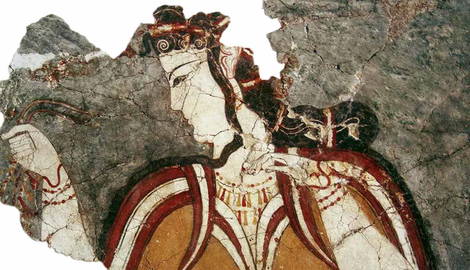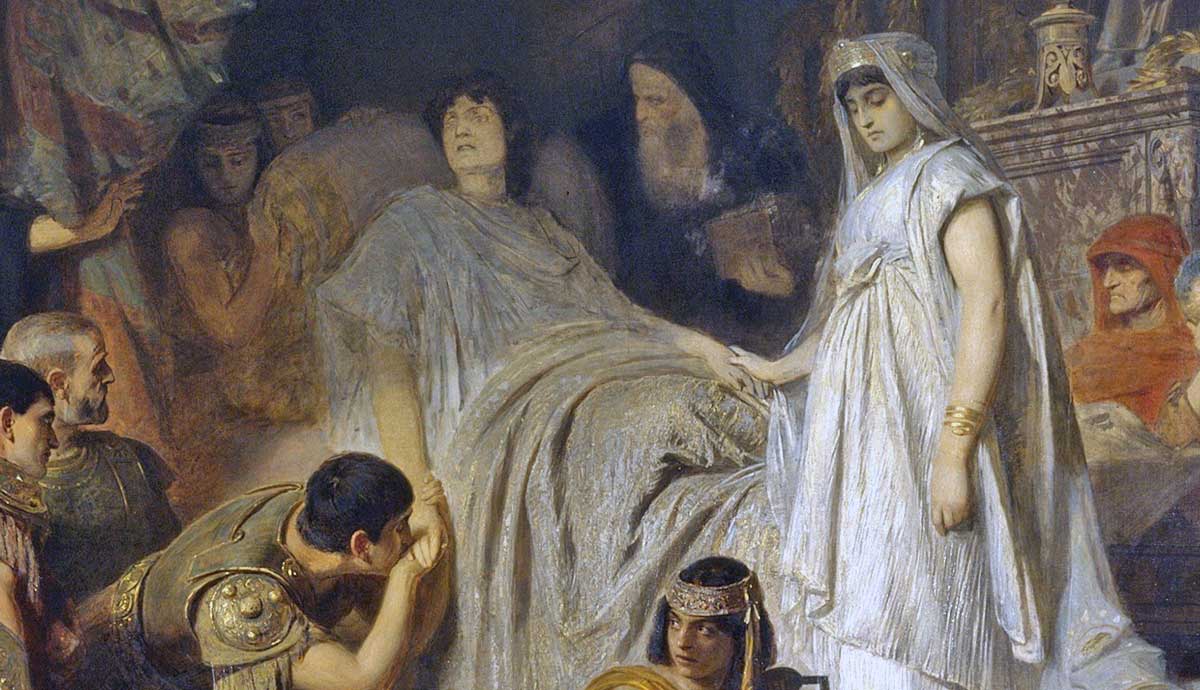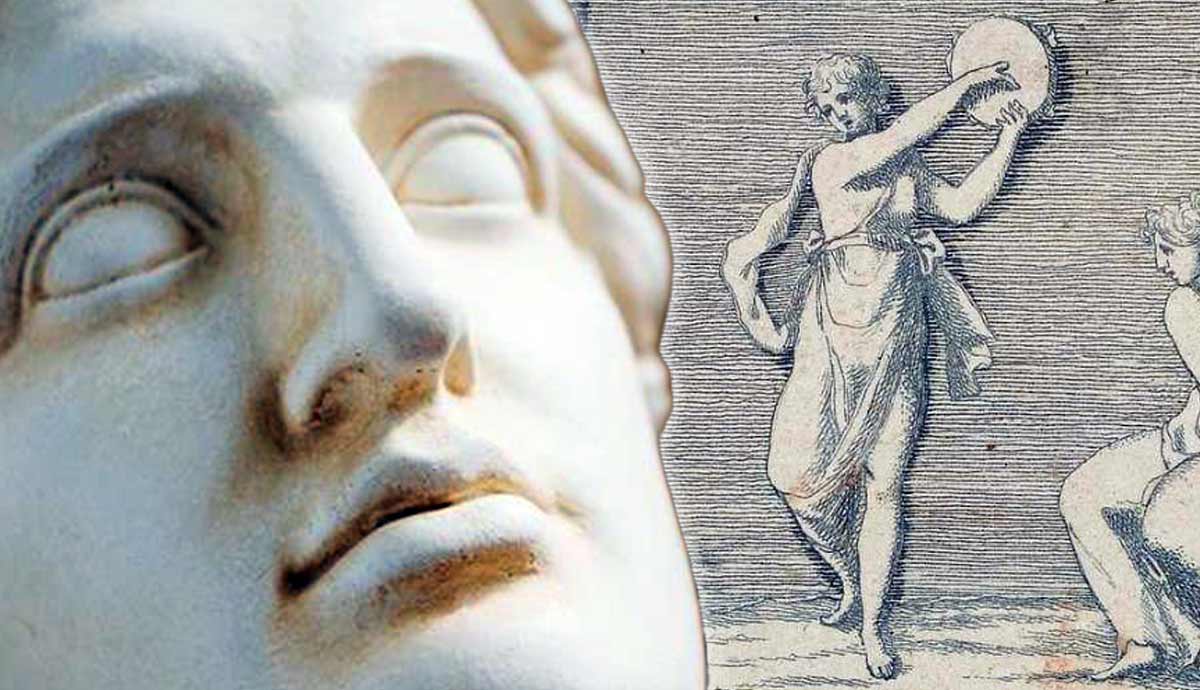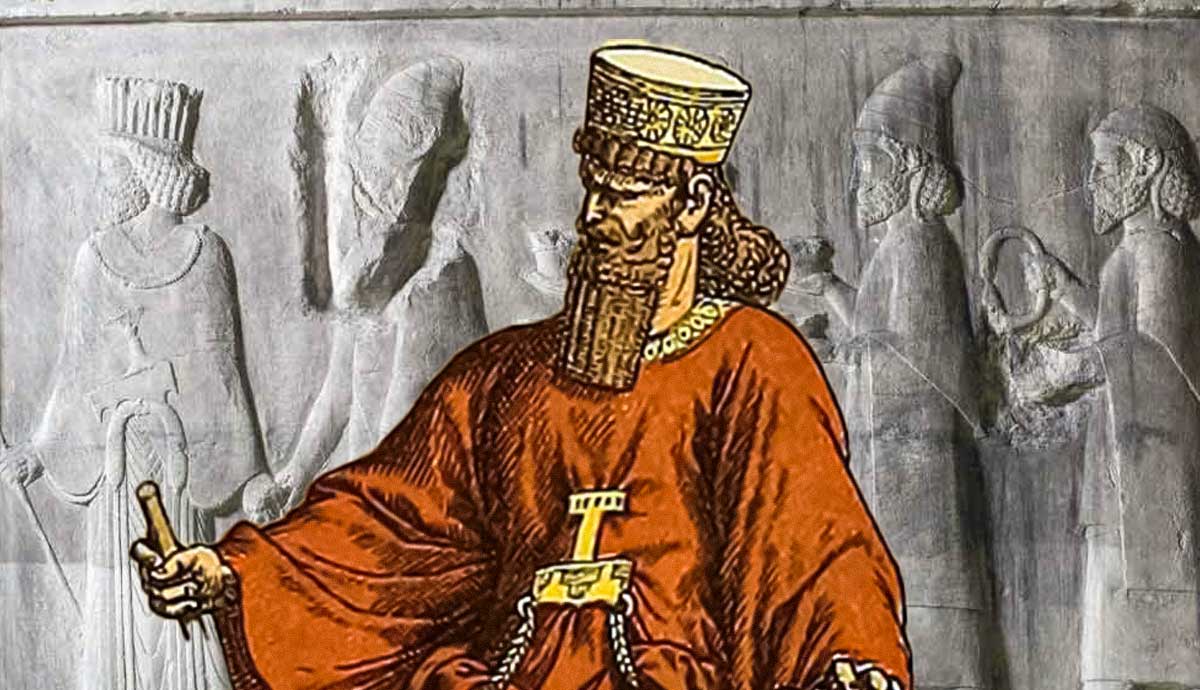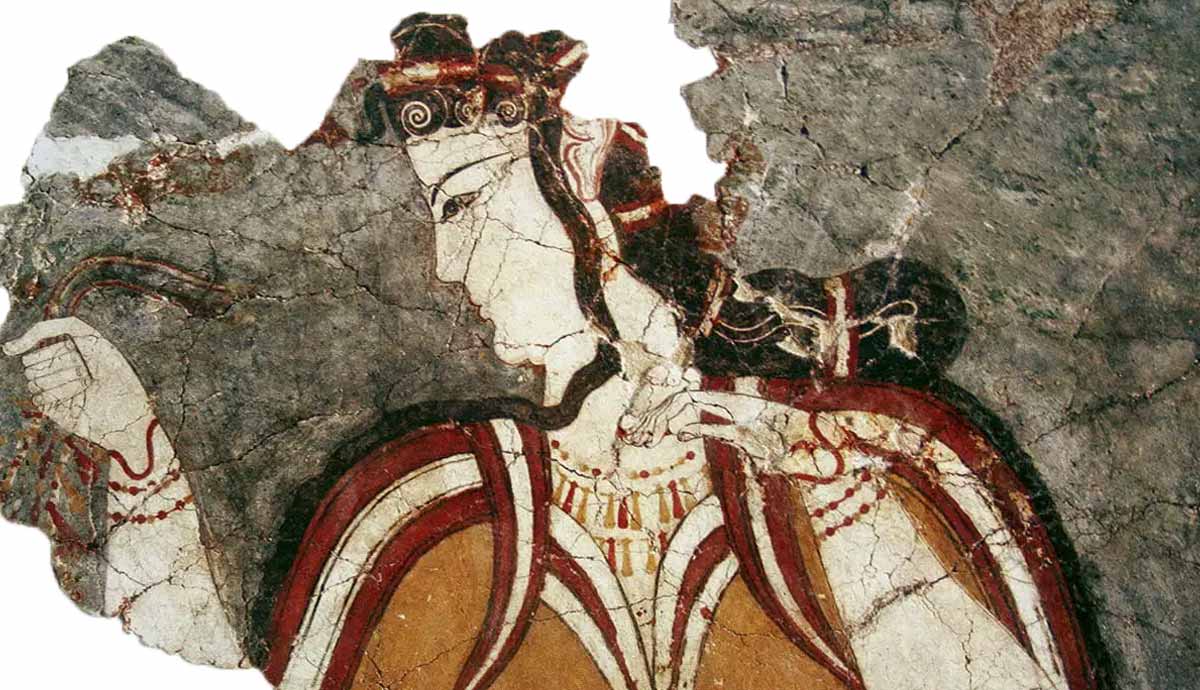
The Bronze Age Aegean in the eastern Mediterranean region had several distinct groups and they included the Mycenaeans, who lived in mainland Greece, and the Minoans on the island of Crete. Although the cultures are often studied separately, they were somewhat linked. This is because at some point, power in the Aegean region shifted from the Minoans to the Mycenaeans. The power change is evidenced in archaeological findings. The connection between the two cultures is evident in the similarities in their building designs, their symbols, and customary practices.
That being said, the Mycenaeans and Minoans were two of the first civilizations in Greece. The Minoans lived on the Greek islands with their center situated on the island of Crete. The Mycenaeans, on the other hand, lived in mainland Greece and are thought to have been the first people to speak the earliest form of the Greek language – Mycenaean Greek. The Minoan civilization thrived in Crete for much of the Bronze Age. During this time, the Minoans and Mycenaeans engaged in trade.
An Introduction to the Minoans

The Minoans lived on the island of Crete from about 2600 BC to 1400 BC. Their civilization was based on a strong military and trade. The Minoans also had their own writing techniques which history experts refer to as Linear A.
At the heart of the Minoan civilization was the city of Knossos. Knossos had a huge palace and a population of over 10,000 people at its peak. Many exceptional works of art have been found in Knossos palace. Going by Greek myths, the city was once led by King Minos. In the story, the king created a huge maze under the palace where a beast called the Minotaur resided.
The Mycenaeans

The Mycenaeans ruled mainland Greece from about 1600 BC to 1100 BC. The name of their civilization was drawn from Mycenae which was their largest city. The Mycenaean society had a population of approximately 30,000 people at its peak. Other cities under Mycenaean control such as Athens and Thebes later on became prominent city-states in Ancient Greece.
The Mycenaeans expanded their trade networks throughout the Mediterranean by building large trade ships and traveling to regions like Egypt. They traded goods such as olive oil and wine to acquire items such as ivory, gold, copper, and glass.
The Mycenaeans Conquered the Minoans

In the Late Bronze Age which lasted from roughly 1550 to 1200 BC, the relationship between the two societies changed and the Mycenaeans attacked and defeated the Minoans. Proof of the conflict on Crete appears around 1450 BC, about a hundred years into the Late Bronze Age.
There are obvious signs of trouble in the society during this time, when many of the important Minoan cities, including Knossos, the most powerful of them, were destroyed. Evidence of the destruction can be seen across the island.
While earthquakes were not unusual on Crete, the carnage shows clear evidence of deliberate targeting. In many cases, only religious and government buildings were destroyed, leaving the buildings around them intact.
What Caused the Collapse of the Mycenaeans?

The Mycenaean civilization was structured such that administration was carried out in palaces. The palaces were also used as trade centers as well as residences for the elites. The most prominent of the palaces was the palace of Mycenae from which the civilization derived its name.
That said, many Mycenaean palaces were destroyed between 1250 BCE and 1200 BCE. The situation resulted in the so-called post-palatial era in Mycenaean history as the palaces were no longer used as centers of power. Some Mycenaean groups tried to fix and move back into some of the damaged palaces but they were never able to sustainably live there. Consequently, by 1050 BCE, many of the palace areas were no better than small villages.
While the Mycenaean civilization ended, its culture remained. Proof of Mycenaean culture can be found in far-away places including Jordan, Lebanon, and Israel. Some historians believe that the demise of the Mycenaean society was caused by major natural catastrophic events such as volcanoes and earthquakes. Others, however, contend that the fall was more likely caused by significant changes in weather.
